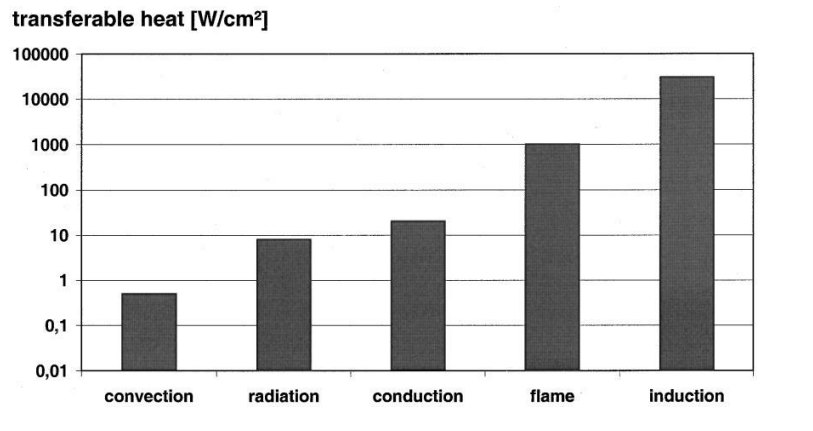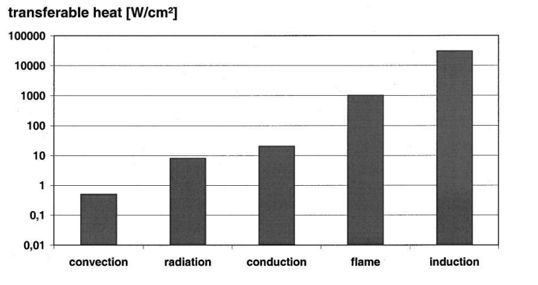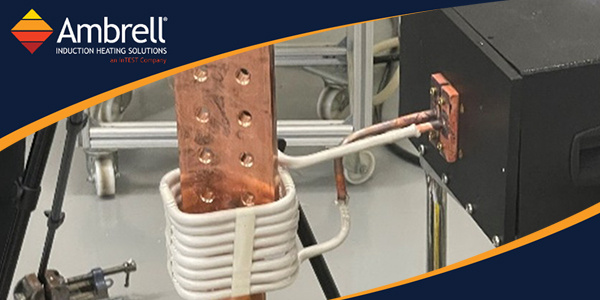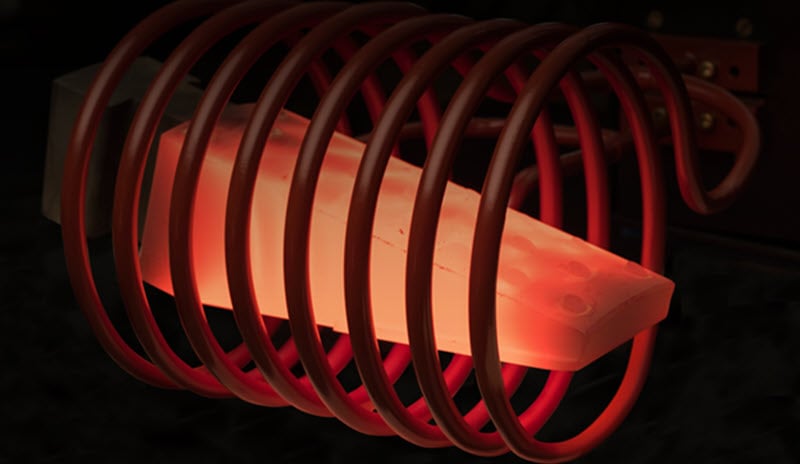How Researchers and Universities Use Induction Heating
Induction heating, a process that uses electromagnetic induction to heat electrically conductive materials, is often thought of for large industrial...
Applications
Applications: More
Applications: More

Industries:
Industries: More
Industries: More
Industries: More

Products:
Products: More
Services: More

Learn:
Learn: More
About:

1 min read
Justyna Bakker
11/2/15 4:20 AM

When induction is properly implemented into a process, you can count on the same result every time. Operator inconsistency with a torch sometimes leads to varying results and uneven heating. And, if an operator leaves your organization, or you need multiple operators over different shifts or days, quality can become an issue.
Induction typically heats parts to temperature more rapidly than a torch, resulting in a higher production rate.
There is no open flame with induction, resulting in enhanced workplace safety. Additionally, it introduces less heat into the working environment, creating a better environment for employees.

The above graphic compares induction heating with other heat sources. More transferable heat means that the energy is used and transferred in a localized, precise manner. The graphic illustrates that induction heating outperforms other heating methods like convection, radiation, conduction and flame when it comes to transferable heat.
So, in summary, the benefits of induction are a production-boosting rate of heating, less environmental footprint due to reduced energy use, and enhanced workplace safety. In short, induction helps you become cleaner and greener.
Expert guidance is critical when determining the right induction solution for an application. Are you considering switching from torch or furnace heating to induction? Learn more about our highly regarded lab testing service from THE LAB at Ambrell. Are you interested in learning more about the benefits of induction heating? Take a look at our extensive video library and see induction heating in action.

Induction heating, a process that uses electromagnetic induction to heat electrically conductive materials, is often thought of for large industrial...

Objective A company had been using a flame for brazing copper assemblies to make electrical components, but they contacted THE LAB at Ambrell because...

Induction heating is a highly efficient and versatile technology with numerous industrial applications. Unlike traditional heating methods that rely...